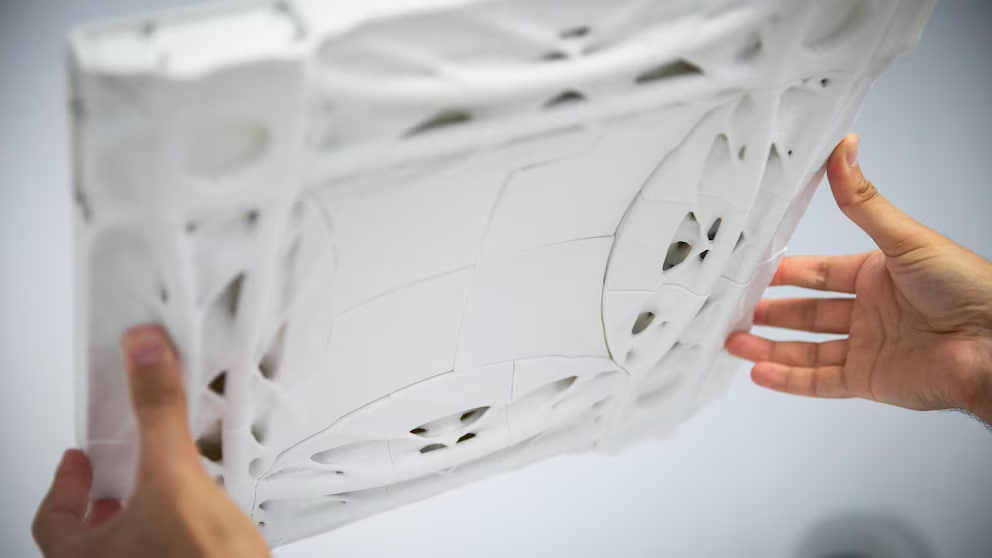A formula designed by American researchers uses fossil organisms and advanced technologies to achieve lighter and stronger structures, while helping to combat climate change from the architectural ground up.
A team from the University of Pennsylvania has made a significant breakthrough in the development of sustainable building materials thanks to an innovative concrete that absorbs up to 142% more carbon dioxide than conventional mixtures.
The key to this proposal lies in the incorporation of diatomaceous earth and the use of 3D printing, which reduces the amount of inputs and maintains structural integrity, according to a report by the university itself presented in December 2024. The news, published and expanded in the journal Advanced Functional Materials, positions this new concrete as an alternative capable of minimising the environmental impact of the industry.
Concrete production accounts for about 9% of global greenhouse gas emissions, as highlighted by the University of Pennsylvania. Against this backdrop, the scientific community and designers have intensified their search for cleaner and more efficient options that can be integrated without compromising functionality or durability.
This development responds to the growing demand for sustainable solutions for large-scale construction projects and introduces natural components and technologies that transform the traditional view of concrete.
The University of Pennsylvania leads research in sustainable construction technologies, promoting solutions that combine science, design and environmental commitment in the development of new architectural materials (University of Pennsylvania).
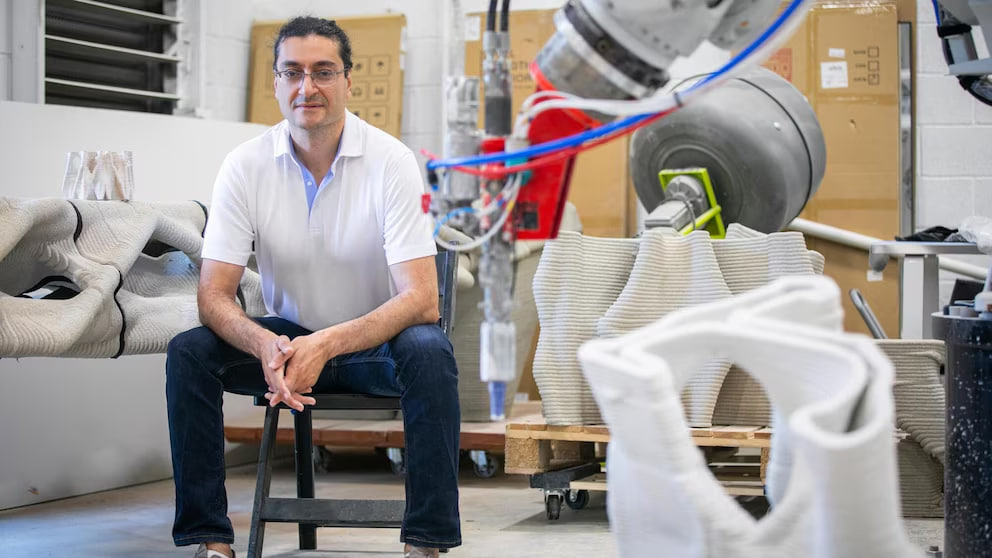
Why concrete’s carbon footprint is a concern for the sector
Throughout its long history dating back to ancient times, concrete has served as the foundation for iconic buildings and civilisational works. However, its widespread use contributes significantly to global emissions, a fact repeatedly highlighted by the university.
For this reason, engineers, architects and scientists decided to focus their efforts on reinventing classic formulas, with the goal of creating mixtures that deliver strength but are capable of actively capturing carbon.
The team behind the new development brought together professionals from various disciplines to devise a combination of unprecedented materials and processes. Their main goal was to design a concrete that retains the essential properties for construction while reducing its environmental impact through carbon dioxide capture and mineralisation techniques.
Reducing concrete emissions is crucial, given its weight in the climate crisis and its central role in global infrastructure, driving the search for less polluting alternatives (University of Pennsylvania).
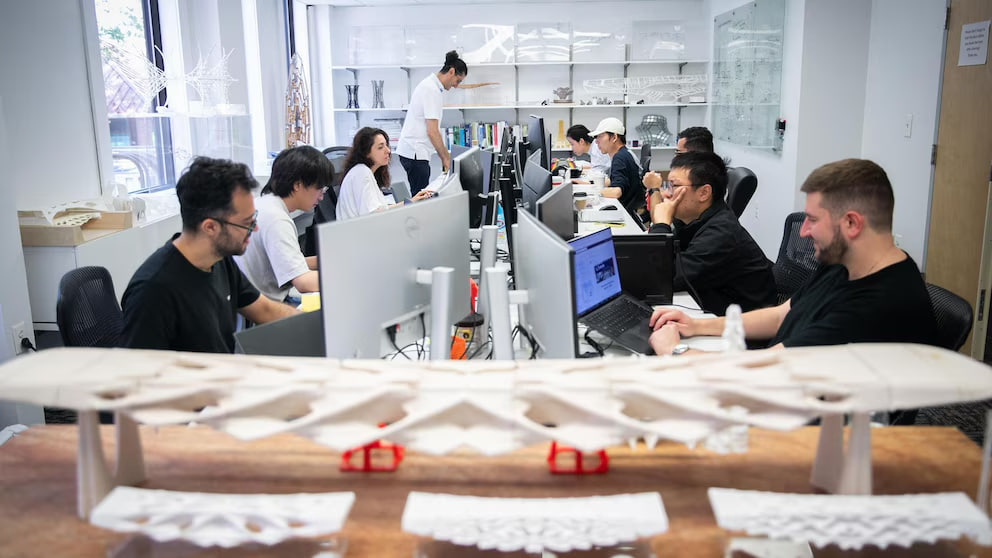
Diatomaceous earth and nature-inspired geometries
The basis of this innovation is the use of diatomaceous earth, a porous product derived from fossilised microalgae that provides an exceptional texture. This material increases stability during printing and multiplies the points available to react with CO2. The University of Pennsylvania explained that the resulting mineralised mixture requires less cement, improving both the ecological balance and the weight-to-strength ratio of the new structures.
The use of 3D printing was essential to perfecting the formulation. Kun-Hao Yu, lead researcher in Shu Yang‘s group, fine-tuned the composition of the concrete ‘ink’ and adjusted details such as the water ratio, nozzle diameter and deposition speed.
Yu said in statements shared by the University of Pennsylvania that concrete must go from a fluid state to a more rigid one very quickly, taking on its final properties during and after printing. These technical adjustments were crucial in generating a functional material with high carbon absorption rates.
Also noteworthy is the geometric approach achieved. Under the leadership of Masoud Akbarzadeh, the group turned to designs based on triple periodic minimal surfaces (TPMS). These geometries, found in natural systems such as bones and corals, maximise the available surface area, optimise load distribution and minimise the amount of material required.
Akbarzadeh explained, using polyhedral static analysis, how they created elements that maintain strength even when reducing the amount of material used by up to 60%. Tests conducted with TPMS concrete cubes showed 90% of the compressive strength of traditional versions, while carbon dioxide capture efficiency increased by 32% per unit of cement.
Leveraging fossilised organisms and natural structural patterns allows for the creation of porous mixtures with greater environmental interaction capacity and enhanced performance (University of Pennsylvania)
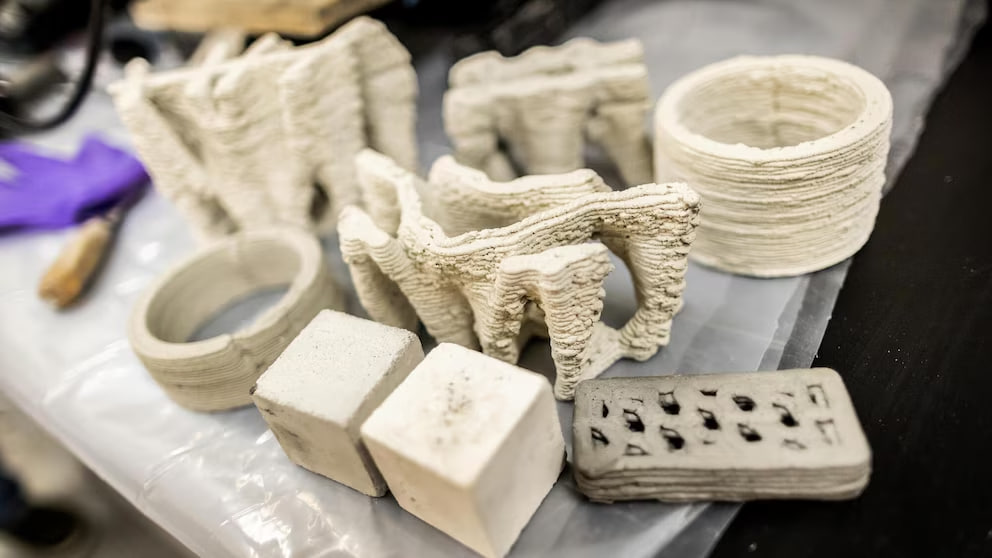
The science behind the new strength and its ecological applications
Shu Yang, professor of engineering and materials science, highlighted that concrete increases its strength as it absorbs CO2. This observation challenges conventional models, where increasing porosity usually decreases the strength of materials. In the case of the University of Pennsylvania’s development, porosity provides technical advantages by encouraging the diffusion of carbon dioxide and the formation of calcium carbonate, which strengthens the structure.
The team also highlighted the rheological value—the study of how particles flow and interact—and the contribution of diatomaceous earth in improving concrete curing. Yu reported that, despite the challenges of working with 3D printers and highly porous mixtures, the material became stronger after capturing CO2, a fact that surprised even those responsible for the project.
The application possibilities are vast. This concrete was designed for architectural elements such as slabs, facades and load-bearing panels, but its high porosity and compatibility with marine ecosystems allow for its use in artificial reefs, oyster beds or ecological restoration systems.
Professor Yang explained that the enormous surface area stimulates the growth of marine organisms, making the concrete an active player in improving water quality and capturing carbon dioxide.
The interaction between innovative materials and advanced design results in a robust concrete that is suitable for architectural uses, habitat restoration and efficient CO2 capture (University of Pennsylvania).
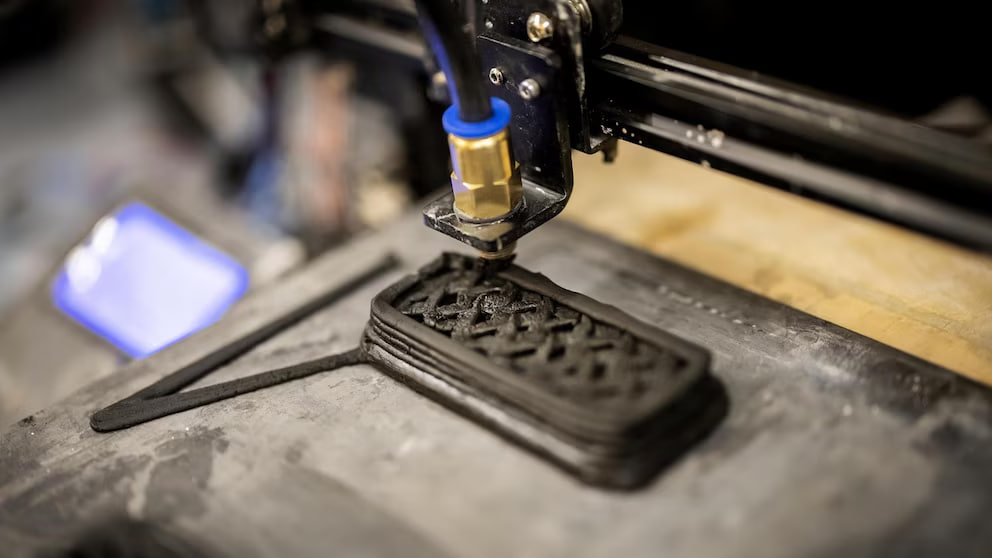
Future projections and horizons for sustainable architecture
Looking ahead to the coming years, the University of Pennsylvania will continue to work on expanding to macrostructures, the use of innovative reinforcements, the optimisation of geometries and experimentation with other less polluting binders. Research includes the possibility of eliminating conventional cement or integrating industrial waste as part of the composition.
‘We want to go even further: would it be feasible to develop entirely cement-free mixtures or transform industrial waste streams into active components?’ Shu Yang revealed. The ultimate goal is to transform the traditional conception of this material, enhancing its ability to interact with the environment and multiplying its contribution to reducing carbon emissions in construction.
The project, supported by the US Department of Energy and the Vagelos Institute for Energy Science and Technology, reflects the power of interdisciplinary collaboration to address climate change through concrete technological proposals.

